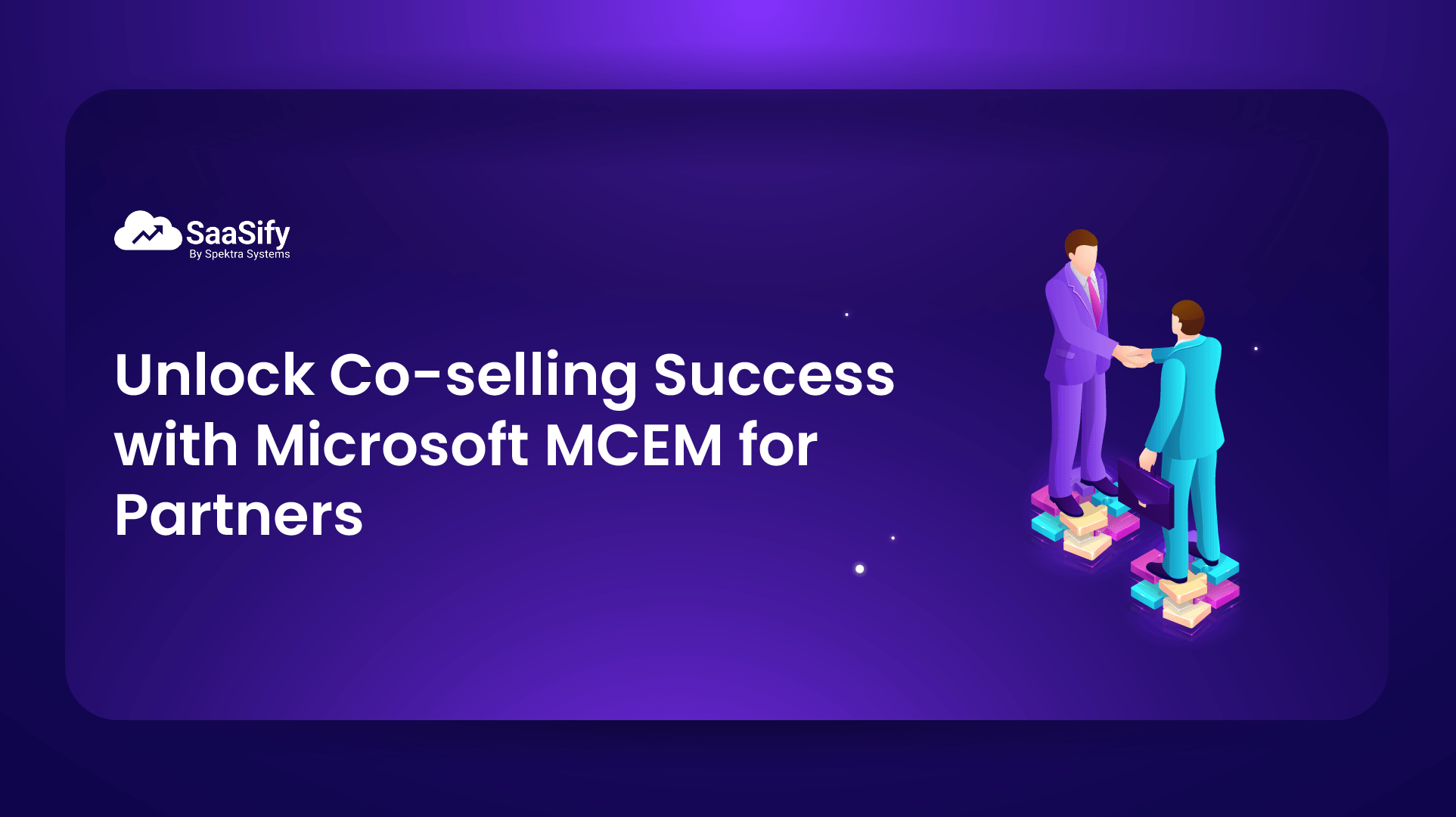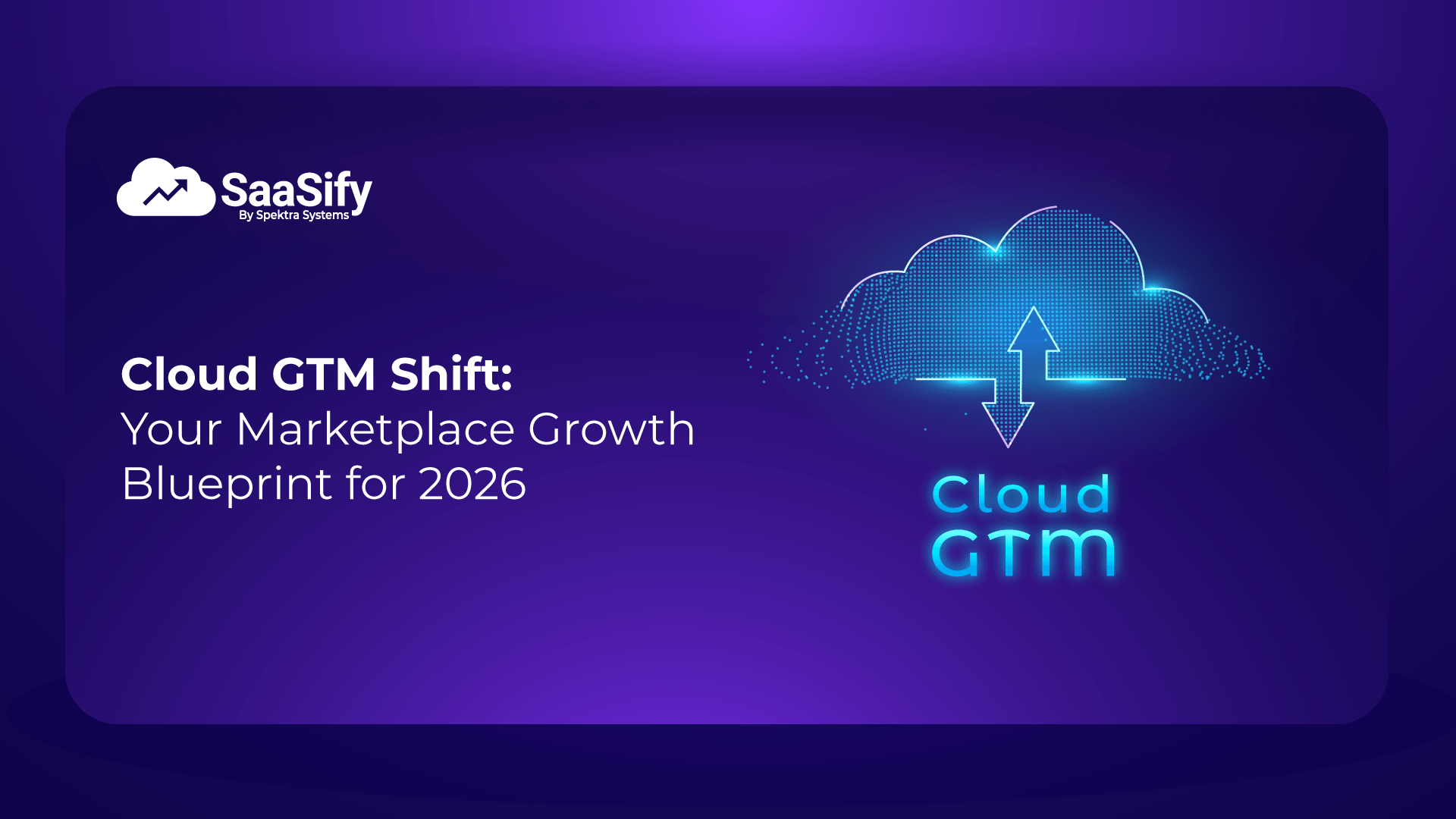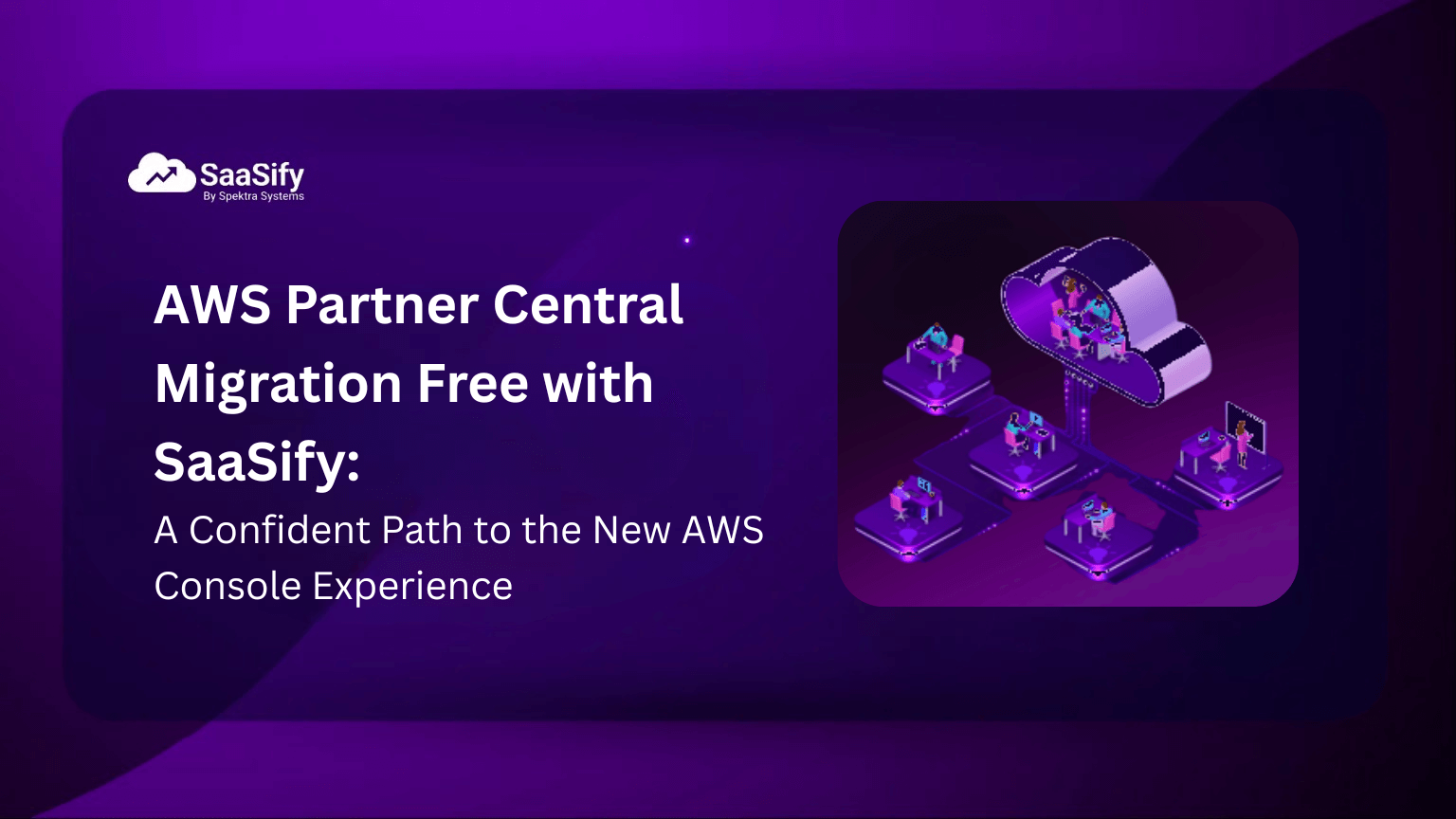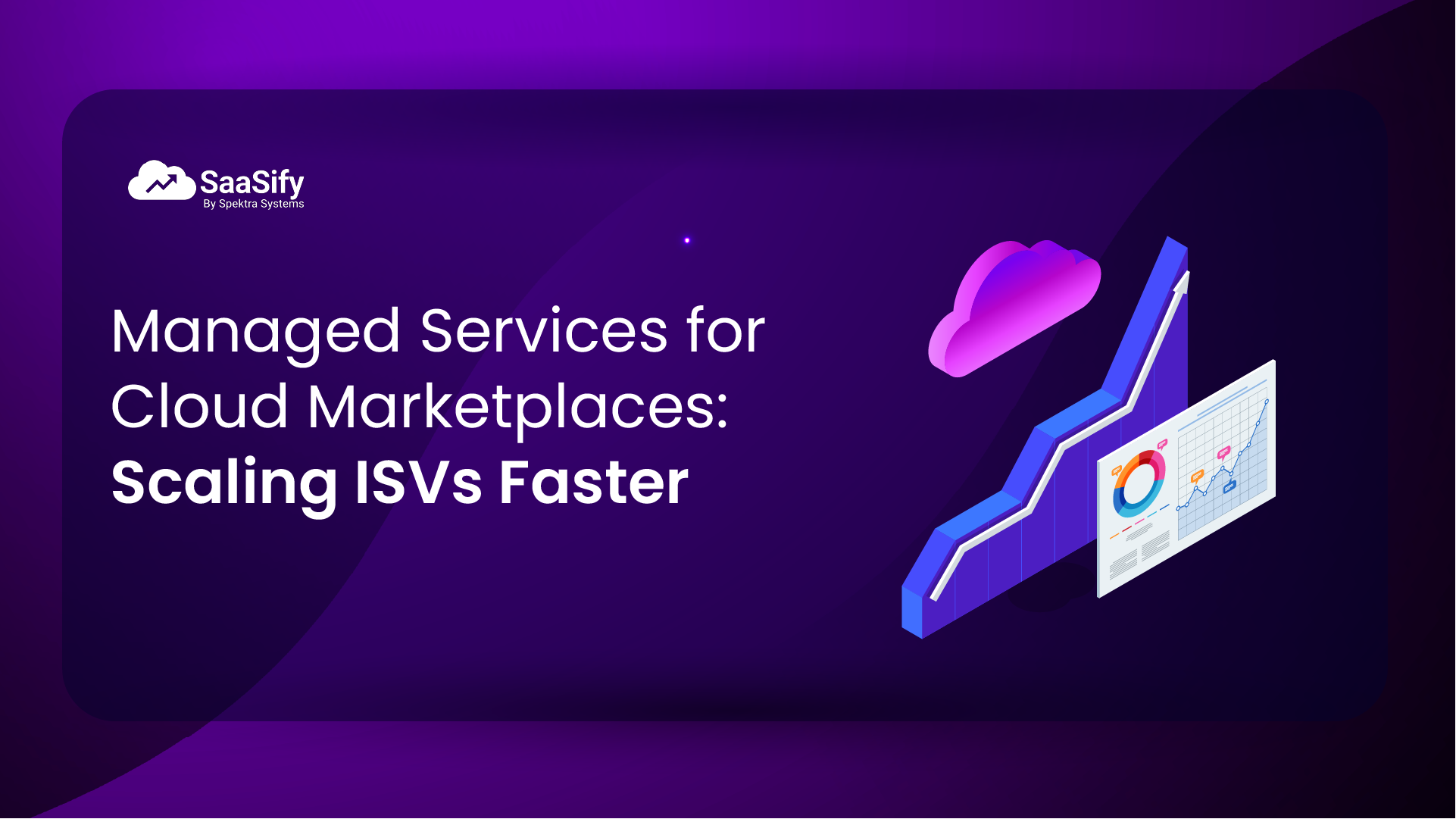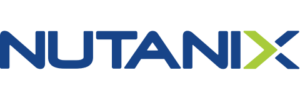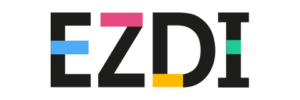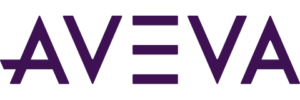Introduction
Acknowledging the sales potential of cloud marketplaces, software sellers are increasingly shifting to hyperscalers as their primary revenue channels. However, to leverage the full potential of these hyperscalers, ISVs need to go beyond the conventional sales tactics and collaborate with the hyperscaler teams for joint or co-selling. Each hyperscaler runs a unique co-selling program, offering comprehensive support and incentives for ISVs or seller partners. Capitalizing on these programs with the right strategy can help ISVs gain a competitive advantage to collaboratively drive sales and expand customer reach. In this article, we will focus on co-selling with Microsoft Customer Engagement Methodology for Partners. MCEM essentially seeks to significantly enhance customer value and satisfaction by bringing together partners, Microsoft teams and other relevant stakeholders to work together, following a strategic lifecycle. With this article, you will be equipped with:- An understanding of why co-selling matters
- All you need to know about Microsoft Customer Engagement Methodology for Partners
- Best practices and desired outcomes for each MCEM phase
- How to accelerate the pace of MCEM and co-selling success with SaaSify
Co-selling with Microsoft
Co-selling with Microsoft Azure Marketplace, like the other hyperscalers, comes with some substantial business benefits that have the potential to take software sales to the next level. These include:- 700 million+ Azure users ensuring access to new customers and markets
- 85% of Fortune 500 companies use Microsoft Azure Cloud facilitating connects with enterprise customers
- $250B Contract Value – FY 22, illustrating the business potential
- 350K+ Field Sellers who earn incentives to support co-selling efforts
- $117.5 Bn in committed cloud consumption with Microsoft Azure accessible through co-selling
Decoding Co-selling with Microsoft Customer Engagement Methodology for Partners
Microsoft has always been committed to reinventing customer and partner experiences to make a lasting impact. The Microsoft Customer Engagement Methodology for Partners is one such initiative which aims to elevate the co-selling relationship between Microsoft and its partners. Instead of simply portraying co-selling as a transactional arrangement where Microsoft and ISVs share leads and close deals together, Microsoft has introduced yet another strategic layer, encouraging co-creation with a vision to boost customer satisfaction exponentially. MCEM essentially lays out a methodology for Microsoft reps and ISVs to co-innovate and co-develop solutions for customers, leading to shared value creation. The main focus of this new methodology is putting the customer at the heart of every step of any sales cycle.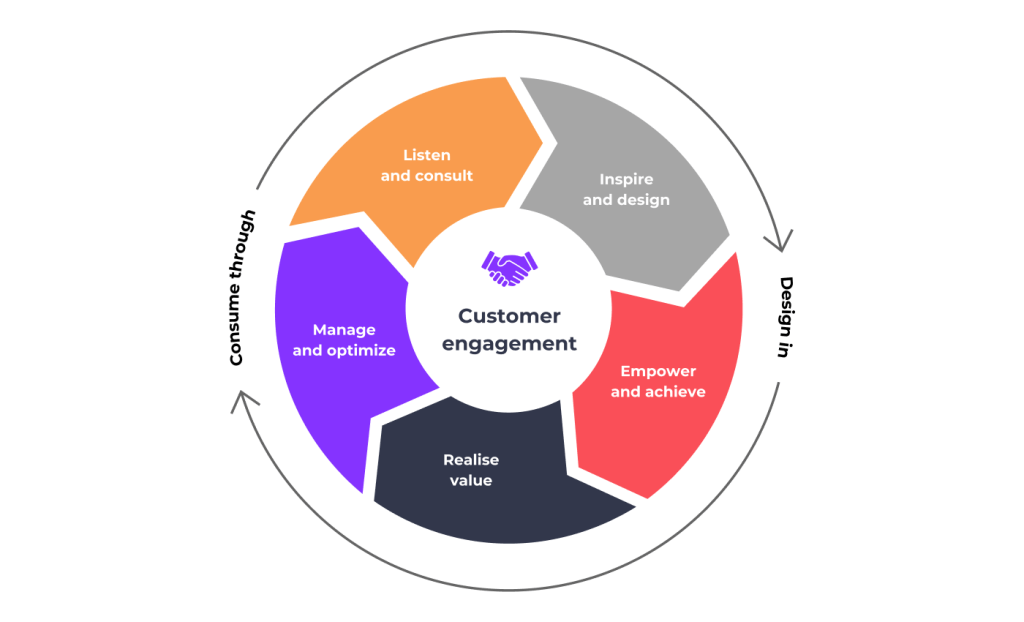 MCEM has identified 5 stages or steps which can help ISVs co-sell with Microsoft more effectively, by providing customers with differentiated solutions, leading to short wins, but with a long-term vision.
MCEM has identified 5 stages or steps which can help ISVs co-sell with Microsoft more effectively, by providing customers with differentiated solutions, leading to short wins, but with a long-term vision. Phase 1 of co-selling with Microsoft MCEM – Listen & Consult
A customer-centric approach to co-selling begins even before the first customer meeting. The MCEM suggests that ISVs should understand the customer’s market, objectives and historical context. It is critical to have comprehensive background information about the customer along with a clear understanding of what the potential needs could be as well as business drivers. As ISVs move into the meeting, practicing active listening is critical. Instead of trying to make a sale in the first meeting, spend time to understand the customer priorities, identify challenges and create a mindmap of an initial strategy that can help address customer needs. Also, focus on determining their MACC estimates, if available. Post the meeting, ISVs and Microsoft reps can collaborate to create an initial strategy of how to innovate and package a solution that effectively generates sales for the ISV with maximum Azure usage, but keeps the customer at the center. The main objective of this stage is to ensure that a new opportunity (a qualified referral) is updated on the Partner Center by the ISV. That’s where the formal co-selling relation kicks in.Phase 2 of co-selling with Microsoft MCEM – Inspire & Design
The second stage is all about designing a solution that will generate instant customer interest. Here, ISVs and Microsoft reps need to appear as a single unit or a unified team to create a strategic plan for the customer. After follow up meetings and rounds of iterations, steady solution plays should be shared with the customer.
Based on the customer direction and preference, either Microsoft or ISVs can spearhead the solution design or offering, ensuring that the customer is aligned to the business and technical value offered.
By the end of this stage, a clear direction of the solution design and customization required by the customer should be achieved. Essentially, ISVs and Microsoft reps co-create the solution with the customer in this stage which is mutually beneficial.
Phase 3 of co-selling with Microsoft MCEM – Empower & Achieve
The next stage translates the solution design from the previous one to create proof of concepts and demonstrations to showcase to the customer how the solution will meet their demands. It involves ISVs and Microsoft reps working closely (esp. The subject matter experts) to create a unified proposal which can be shared with the customer for formal onboarding. Overall, the focus of this stage is to ensure that the customer is aligned to the solution or offer listing being presented and gives a hard commitment to proceed further. This stage ends with a formal agreement signed by the customer that clearly details out all details of association.Phase 4 of co-selling with Microsoft MCEM – Realize Value
The natural next step is solution implementation. For ISVs, this essentially requires provision of the procured software for customers by leveraging Azure consumption, based on the selected metering and pricing model. This involves ensuring that the software solution is implemented smoothly, without any technical glitches. In case needed, it must be accompanied by knowledge transfer and technical readiness for the customer. Don’t forget to complete the go-live assessment. The ideal outcome of this stage is customer satisfaction with the implemented solution, meeting all objectives and metrics set forth in the beginning. The ISVs can, thus, mark the shared opportunity as closed or won, albeit with joint efforts.Phase 5 of co-selling with Microsoft MCEM – Manage & Optimize
While the co-selling opportunity might have been won in the previous stage, this last stage is critical for co-selling success. This involves post sales satisfaction and support to ensure that the solution is working well for the customer. One of the objectives is to ascertain that the solution is creating the intended business benefits. However, equally important is to identify new opportunities for the same customer in terms of incremental expansion of adoption, new customer objectives, etc. This leads to identification of net new co-selling opportunities that enable ISVs and Microsoft reps to restart their co-selling relationship. Overall, MCEM provides ISVs with a cyclical framework to make their co-selling relationship with Microsoft more robust, strategic and customer-centric. As one co-selling opportunity closes, it often gives rise to a new lead that Microsoft reps and ISVs can collaboratively pursue and win.Automate Co-selling with Microsoft Customer Engagement Methodology for Partners :The way to MCEM success with SaaSify
Undoubtedly, MCEM is a robust framework that ISVs can leverage to unlock co-selling success. However, such a customer-focus intensive approach often leaves ISVs struggling with the technical and operational readiness of co-selling through hyperscalers. Fortunately, SaaSify can help ISVs automate their entire co-selling lifecycle, allowing them to focus on strategically engaging with Microsoft reps to advance high levels of customer satisfaction. With SaaSify, ISVs can:- Automate co-sell opportunity creation from within the preferred system of record (e.g. Salesforce) to Microsoft Partner Center
- Receive and accept co-sell referrals from Microsoft directly into Salesforce with set filters for easier processing
- Eliminate the to upskill team members on how to use different platforms (CRM, hyperscaler), teams can focus on core software offering, Microsoft partnership and customer satisfaction
- Get real-time visibility into the co-sell opportunity status from within Salesforce for all team members to ensure timely follow-up and other actions
- Automate the entire workflow, reducing human errors and increasing overall productivity considerably




